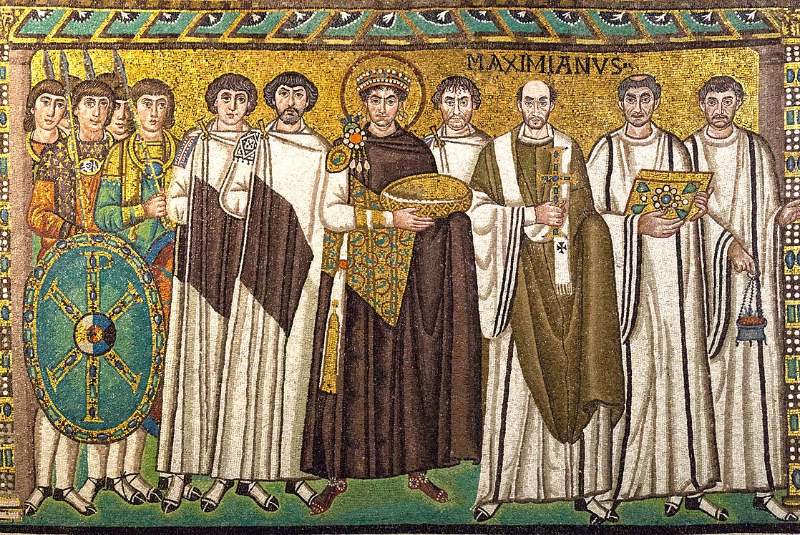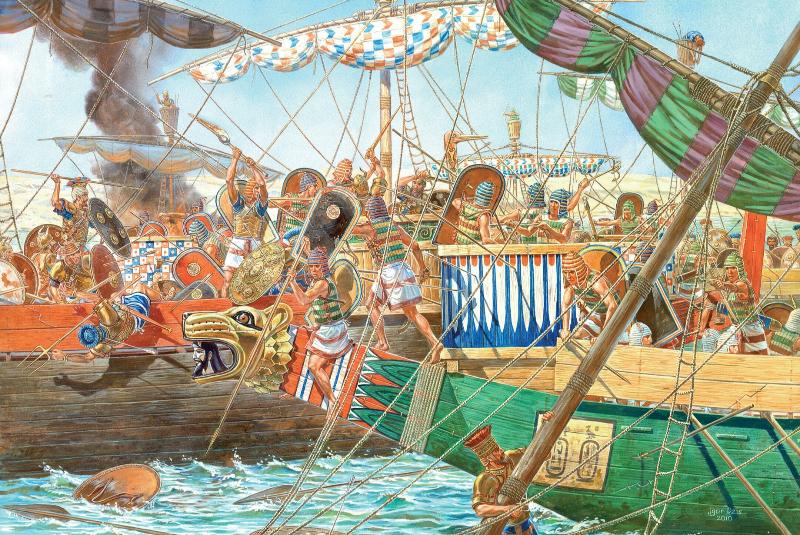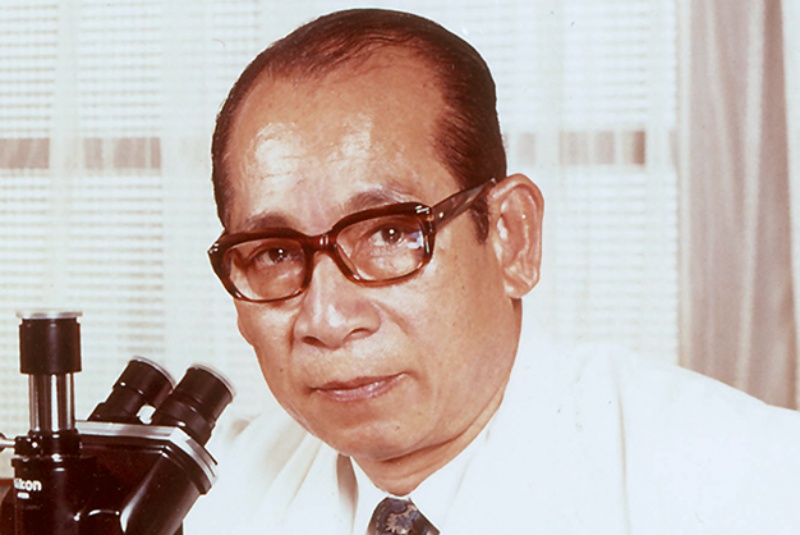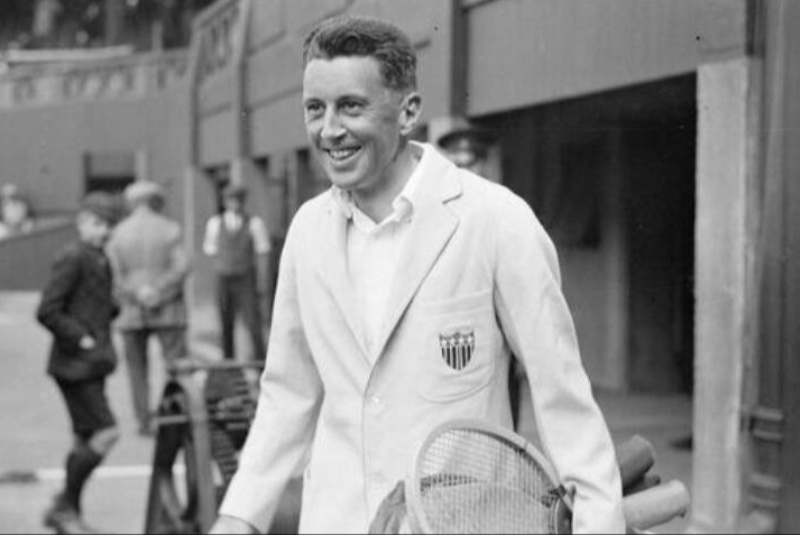World War II was a period of intense innovation and problem-solving, where the line between victory and defeat often rested on the ability to outthink the opponent. It was an era that demanded expertise from various fields—some quite unexpected—to contribute to the war effort in any way possible. One of the most intriguing tales of accidental recruitment is that of Geoffrey Tandy, a cryptogamist who was mistaken for a cryptogramist and thus found himself in the unlikely role of a codebreaker.
This tale begins with a simple misunderstanding—a confusion of terms that would lead to one of the most remarkable, if accidental, contributions to military intelligence during the war. The British Ministry of Defense, in its quest for cryptogramists, those skilled in deciphering codes and encrypted messages, stumbled upon Tandy, whose expertise lay in an entirely different area.
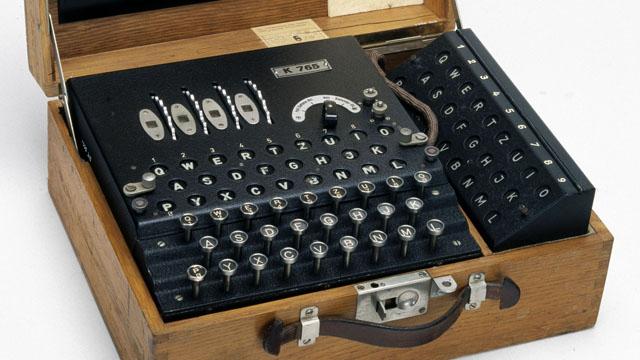
A cryptogamist is not one who delves into the art of breaking codes, but rather one who studies nonflowering plants such as algae, ferns, and mosses. Tandy was indeed an expert, but in a field far from the cryptographic puzzles he would come to face. His background was in museum work, particularly from 1926 to 1939, where his specialty in algae was well respected. Yet this distinction was lost on the MoD, which led to his unexpected enlistment in 1939 as a volunteer to Bletchley Park, the nucleus of Britain's codebreaking efforts.
The mix-up might have ended there, with Tandy either sent back to his museum work or left to struggle in a field foreign to him. Instead, he embraced the challenge, working alongside renowned figures such as Alan Turing. Tandy was not a computer scientist, and while he lacked the specific skills to decipher complex codes initially, he was not deterred. He applied himself to the tasks at hand with a diligence that was emblematic of the wartime spirit.
Crucial Contributions of an Algae Expert
Despite the initial mistake, Tandy's unique skill set would prove to be unexpectedly vital. In 1941, a pivotal moment arose when a German U-boat was sunk, and the Allies recovered numerous items from the wreckage. Among the soggy remnants were handbooks, navigational charts, and, crucially, bigram tables—essential tools used by the German officers to decode encrypted messages. These documents were soaked through, and the ink had run, rendering them nearly illegible. It seemed a devastating loss; the secrets they held were on the brink of being irretrievably lost.
But it was here that Tandy's expertise shone. His years at the museum had made him an authority on the preservation of delicate items, particularly in drying out paper without damage—skills he honed through his work preserving algae specimens. Recognizing the parallels between the preservation methods required for his botanical specimens and the needs of these vital documents, Tandy proposed a solution.
With a quick call to his old museum, Tandy secured the necessary supplies to begin the delicate process of drying the papers. His method involved techniques he had used countless times to prepare herbarium sheets, a procedure that allowed the retrieval of information from what was assumed to be a lost cause. This unexpected cross-application of knowledge not only saved the documents but also provided the codebreakers with the information they needed to continue their work on breaking the Enigma cipher.
The significance of cracking the Enigma code cannot be overstated. It is widely regarded as one of the pivotal achievements that helped turn the tide of the war in favor of the Allies. The ability to read German communications gave the Allied forces a critical advantage, one that would contribute significantly to the ultimate defeat of the Axis powers.
Tandy's Legacy and the Interdisciplinary Power of Knowledge
The story of Geoffrey Tandy serves as a remarkable example of how knowledge in one field can have unforeseen applications in another. It underscores the value of a diverse skill set and the potential impact of interdisciplinary approaches to problem-solving—principles that remain relevant in today's increasingly complex world. Tandy's ability to adapt his expertise to the needs of the codebreakers at Bletchley Park is a testament to the power of critical thinking and the unexpected ways in which various disciplines can intersect.
Moreover, Tandy's story reflects the often unpredictable nature of war and the necessity of innovation in the face of adversity. The ability to turn an apparent mistake—the misidentification of Tandy's expertise—into an opportunity demonstrates the resourcefulness that characterized the Allied response to the challenges of World War II. The significance of Tandy's contribution is a powerful reminder of the importance of every individual's potential to contribute in unexpected ways, regardless of their primary field of expertise.
In the annals of history, the tale of Geoffrey Tandy may occupy but a footnote in the vast narrative of World War II. Yet, it remains a compelling story of serendipity, intellectual versatility, and the unforeseen impact one individual can have on the course of events. It is a narrative that not only honors the contributions of a single algae expert but also celebrates the collective effort of countless unsung heroes whose diverse skills and tireless work helped shape the outcome of one of the most significant conflicts in human history.
In reflecting upon Tandy's journey from cryptogamist to an accidental codebreaker, we are reminded that the paths to discovery and success are often non-linear and unpredictable. The fusion of Tandy's botanical knowledge with cryptographic necessity illustrates the unpredictable synergy that can emerge when different worlds collide. It encourages a broader appreciation for the diverse forms of expertise that surround us and highlights the unexpected ways in which they can come together to solve the problems of our time, just as they did during the desperate hours of World War II.

